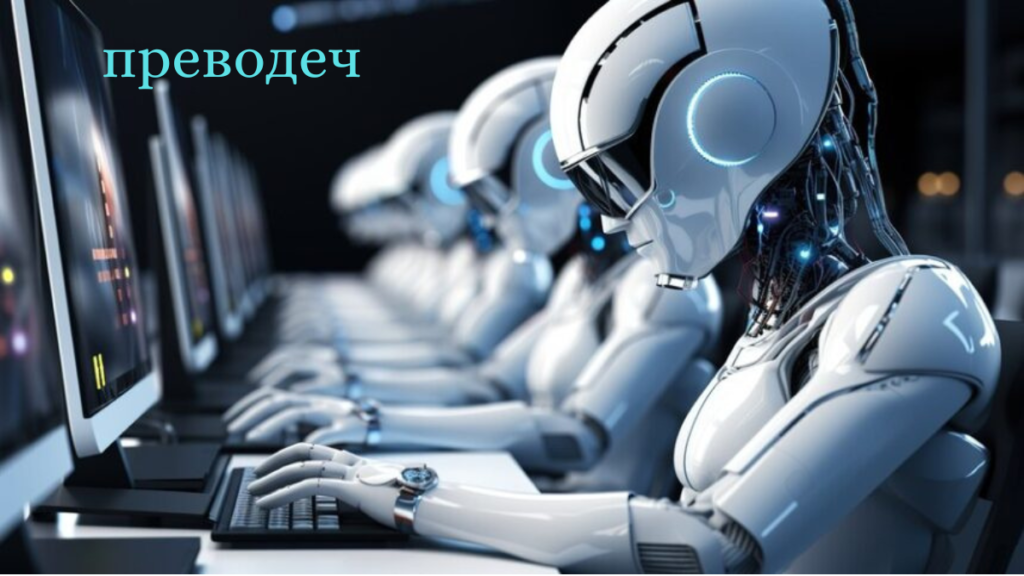
Introduction:
“Преводеч” In the mosaic of human civilization, language serves as the primary medium through which we communicate, express thoughts, and understand each other’s worlds. Yet, amidst this rich tapestry of languages, lies a bridge that transcends barriers, connects cultures, and fosters understanding – translation. At the heart of this bridge lies преводеч, a multifaceted art and science that not only conveys words but also encapsulates the essence and nuances of diverse languages and cultures. In this article, we embark on a journey to unravel the complexities and significance of преводеч in today’s world, exploring its role, challenges, advancements, and its ever-evolving relationship with technology and business.
The Role of Translation in Global Communication:
Translation stands as a cornerstone in the realm of global communication. It serves as a conduit for disseminating information, ideas, and knowledge across linguistic boundaries, thereby fostering international collaboration, trade, and cultural exchange. In a world where language diversity is celebrated, translation emerges as the linchpin for promoting mutual understanding and bridging the gap between disparate cultures and communities.
Преводеч, in particular, embodies this role with its ability to capture not only the literal meaning of words but also the cultural subtleties, idiomatic expressions, and contextual nuances inherent in different languages. It goes beyond mere word-for-word conversion, delving into the intricacies of cultural context to ensure that the intended message resonates with its target audience in a meaningful and authentic manner.
The Artistry of Translation:
At its core, преводеч is an art form that requires not only linguistic proficiency but also creativity, empathy, and cultural sensitivity. Translators, akin to skilled artisans, craft each translation with meticulous attention to detail, striving to preserve the stylistic nuances and emotional resonance of the original text.
Moreover, translation is an act of interpretation, where the translator acts as a cultural mediator, navigating the complexities of language and context to convey the author’s intended message to a diverse audience. This interplay between language and culture underscores the transformative power of translation, enriching the global discourse and fostering cross-cultural dialogue.
Challenges and Nuances:
Despite its significance, преводеч is not without its challenges. One of the primary hurdles faced by translators is the inherent complexity and ambiguity of language itself. Languages evolve over time, influenced by cultural shifts, historical events, and technological advancements, thereby presenting translators with the daunting task of keeping pace with these changes while maintaining fidelity to the original text.
Moreover, the intricacies of translation extend beyond linguistic barriers to encompass cultural, social, and even political considerations. Translating sensitive or culturally specific content requires a deep understanding of the target audience’s cultural norms, beliefs, and sensitivities, to avoid inadvertently causing offense or misinterpretation.
Technology and the Future of Translation:
In recent years, Преводеч the landscape of translation has been reshaped by advancements in machine translation and artificial intelligence (AI). Machine translation tools, such as Google Translate and DeepL, have revolutionized the translation process, offering instant translations across a multitude of languages.
While these technologies have undoubtedly improved efficiency and accessibility, they have also sparked debates regarding the role of human translators in an increasingly automated world. While machines excel at processing large volumes of text quickly, Преводеч often struggle to grasp the subtleties of language and context that human translators effortlessly navigate.
Embracing Diversity: The Role of Преводеч
Translation serves as a guardian of cultural heritage, preserving the richness and diversity of languages and traditions for future generations. This section explores how преводеч plays a crucial role in safeguarding cultural identities, literature, and oral traditions through the faithful transference of stories, folklore, and historical narratives across linguistic boundaries. By bridging cultural divides and fostering cross-cultural appreciation, translation fosters a deeper understanding and appreciation of the world’s diverse heritage.
Breaking Down Barriers: Overcoming Linguistic and Socioeconomic Challenges
Despite its transformative potential, translation often faces barriers related to linguistic diversity and socioeconomic disparities. This section delves into the challenges of providing equitable access to translation services for marginalized communities and languages with limited resources. From indigenous languages to underrepresented dialects, translators play a vital role in amplifying voices that might otherwise be silenced, thereby promoting social inclusion and linguistic diversity on a global scale.
The Evolution of Translation Technology: From Machine Learning to Neural Networks
Advancements in technology have revolutionized the field of translation, ushering in an era of unprecedented innovation and automation. This section examines the evolution of translation technology, from rule-based systems to neural machine translation powered by artificial intelligence and deep learning algorithms. By exploring the strengths and limitations of machine translation tools, we uncover the ways in which technology complements human expertise, enhancing the efficiency and accuracy of translation while also posing new challenges and ethical considerations.

Beyond Words: Multimodal Translation and the Future of Content Localization
In an increasingly visual and interactive digital landscape, translation extends beyond written text to encompass multimedia content, including images, videos, and user interfaces. This section explores the emerging field of multimodal translation, where translators adapt content across various mediums and modalities to ensure a seamless and immersive user experience for global audiences. By embracing a holistic approach to localization, translators leverage their expertise to navigate cultural nuances and optimize content for diverse platforms, paving the way for a more interconnected and inclusive digital ecosystem.
The Business of Translation:
In the realm of business, translation services play a pivotal role in facilitating global expansion, marketing strategies, and international partnerships. From website localization to legal documents and marketing collateral, businesses rely on skilled translators to ensure their message resonates with diverse audiences worldwide.
Moreover, the demand for translation services continues to soar in today’s interconnected world, driven by globalization, e-commerce, and the proliferation of digital content. This presents lucrative opportunities for translators and translation agencies alike, highlighting the critical role of language expertise in driving business success on a global scale.
Conclusion:
In conclusion, преводеч stands as a testament to the power of language to transcend boundaries and unite disparate cultures in a shared dialogue. As the world becomes increasingly interconnected, the importance of translation in facilitating global communication and understanding has never been more pronounced.
While advancements in technology continue to reshape the translation landscape, the artistry and expertise of human translators remain irreplaceable. In navigating the complexities of language and culture, translators embody the essence of преводеч, bridging divides and fostering mutual understanding in an ever-evolving world. As we embrace the challenges and opportunities that lie ahead, let us recognize the enduring significance of translation in shaping our collective journey towards a more inclusive and interconnected global community.



